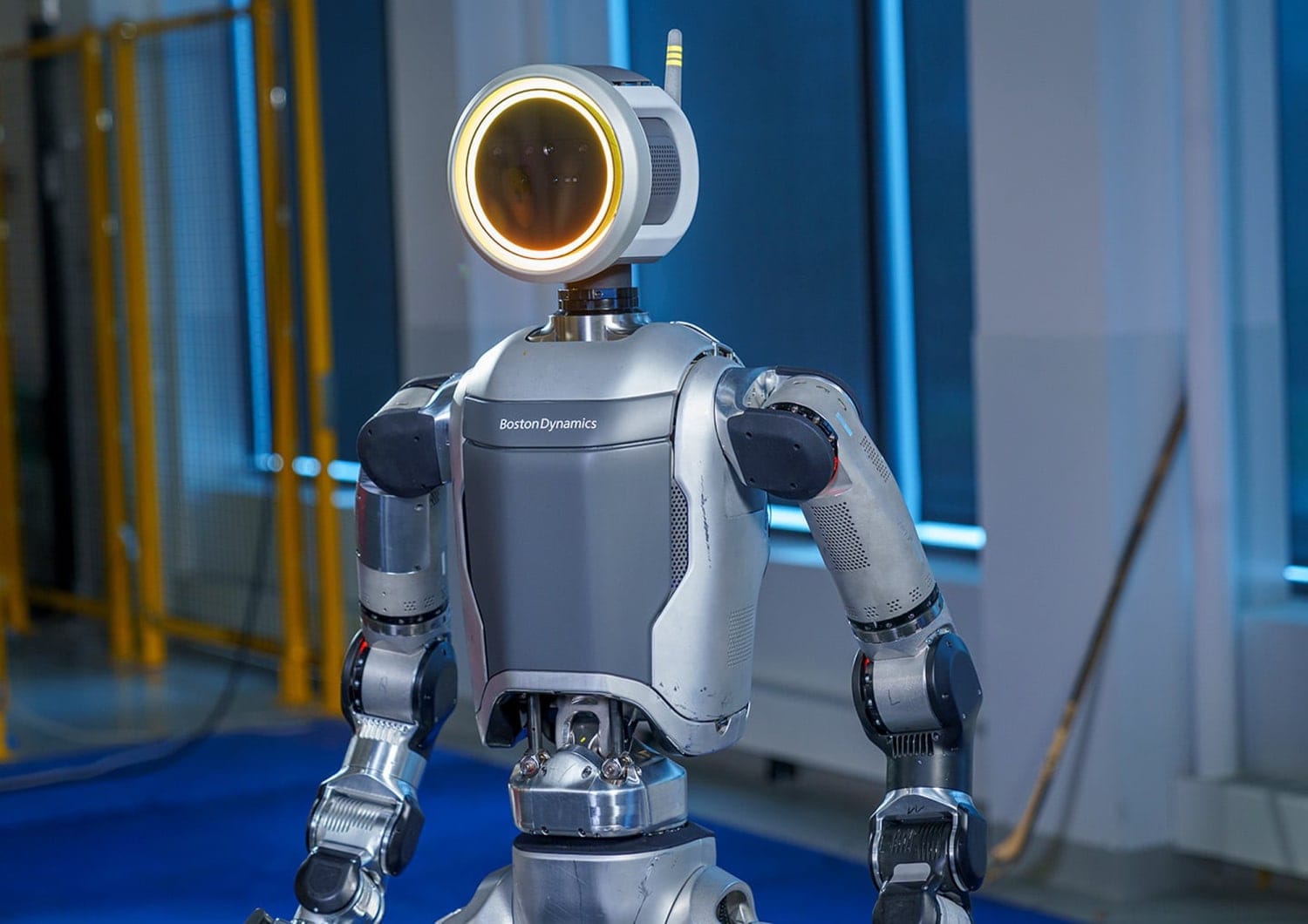Boston Dynamics Unveils the New Generation of Atlas: A Glimpse into the Future of Humanoid Robotics

In a recent, riveting demonstration that took the internet by storm, Boston Dynamics unveiled the latest iteration of its Atlas robot. This advanced humanoid robot not only captures the imagination but also pushes the boundaries of robotic capabilities and design. Here’s why the new Atlas is being heralded as the next generation in humanoid robotics.
The Evolution of Atlas
The legacy of Atlas is marked by viral moments and technological breakthroughs, from Petman testing protective gear to the parkour antics of HD Atlas. With each version, Boston Dynamics has refined its approach to whole body mobility and dexterity. The new Atlas, however, is not just an incremental update; it represents a significant leap forward. Despite the continuity in name, some might argue a distinction in designation could have clarified its evolutionary leap—perhaps Atlas V2 or Atlas Pro.
Design and Capabilities
One of the most striking features of the new Atlas is its fluidity of movement. The robot's ability to stand upright and swivel its joints seamlessly might remind one of scenes from science fiction films like "Terminator." This fluidity is not just for show; it's a functional enhancement that enables the robot to navigate and interact in human-designed environments more efficiently.
The humanoid form factor is crucial because it allows robots to operate seamlessly in a world built for humans. Stairs, doors, and other everyday obstacles that pose challenges to wheeled or differently shaped robots are more easily navigated by a bipedal form. The new Atlas exceeds in this aspect, boasting movements that surpass human capabilities, which is both impressive and slightly unsettling.
Innovative Features Missed in the Demo
During the demo, Boston Dynamics highlighted several key enhancements without drawing too much attention to them:
- Grippers: The new Atlas features advanced grippers designed not to mimic human hands but to optimize the handling and manipulation of objects. This functional approach to design ensures efficiency and effectiveness in performing complex tasks.
- Mobility: The robot’s agility and speed are noteworthy. Its ability to move with unprecedented quickness suggests it could soon set records for robotic speed, building on the legacy of its predecessors.
- Interchangeable Parts: Indications are that Atlas's components, like its grippers, could be interchangeable, allowing for customization based on specific tasks or environments, which could revolutionize its application in various industries.
Safety and Future Applications
The future of robots like Atlas involves more than just technical enhancements; it includes critical considerations like safety. As robots grow stronger and more capable, ensuring they can operate safely alongside humans becomes paramount. The vision for Atlas includes not only expanding its capabilities but also integrating safety protocols that make human-robot collaboration safer and more productive.
What's Next for Atlas?
Looking ahead, the potential applications for Atlas and its successors are vast. From mundane tasks like parcel delivery to complex emergency response scenarios, the possibilities are expanding. As we envision a future where robots are an integral part of daily life, companies like Boston Dynamics are leading the way in making that future a reality.
The ongoing development of Atlas represents a significant milestone in robotics, one that could redefine our expectations of machines. As we watch these developments unfold, it’s clear that the boundary between human and machine capabilities is not just blurring but is being redrawn altogether.
